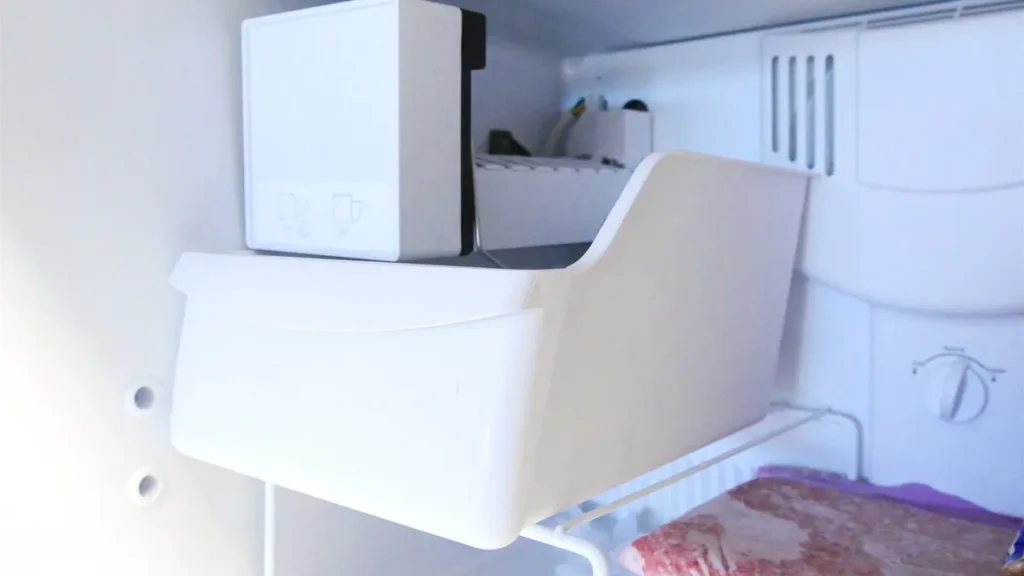When your ice maker stops working, it can be a frustrating experience. Before you reach out for an ice maker repair service, it’s worth taking a moment to troubleshoot the issue yourself. Understanding common problems and solutions can save you time and money while giving you a sense of accomplishment. Here’s a detailed guide to help you troubleshoot your ice maker effectively.
Understanding Your Ice Maker
To troubleshoot your ice maker, it’s essential first to understand how it operates. Most ice makers are integrated into refrigerators, using a water line connected to the household plumbing. They work by freezing water in a mold and then releasing the ice cubes into a storage bin. There are various components involved, including the water inlet valve, ice mold, and thermostat, all of which can malfunction or develop issues over time.
Recognizing the signs that your ice maker is not functioning correctly is the first step. If you notice that your ice maker is not producing ice, producing ice that is too small, or making strange noises, it’s time to start troubleshooting.
Common Ice Maker Issues and How to Troubleshoot Them
One of the most frequent problems with ice makers is insufficient ice production. This can stem from a variety of issues. Start by checking the water supply. Ensure that the water line is properly connected and not kinked or blocked. If you suspect a blockage, turn off the water supply, disconnect the line, and check for any obstructions.
Another common issue is the ice maker not producing enough ice or producing irregularly shaped ice cubes. In this case, check the thermostat. If the temperature is set too low, the ice maker may not operate efficiently. Adjust the temperature setting to ensure that the freezer is cold enough but not excessively so.
If you notice that the ice maker is making noise, it could be an indication of a malfunctioning component. Listen for sounds such as grinding or excessive clinking. These noises may point to an issue with the motor or the gear assembly. If you feel comfortable, you can inspect these parts for signs of wear or damage.
Inspecting the Components
When troubleshooting, it’s important to inspect the various components of the ice maker. Start with the ice mold itself. Over time, minerals from the water can build up in the mold, leading to reduced ice production. You can clean the mold with a mixture of vinegar and water to dissolve any mineral deposits.
Don’t forget to look at the electrical connections as well. A loose or frayed wire can interrupt power to the ice maker. Turn off the power, and inspect the wiring for any visible damage. If you find any issues, you may need to repair or replace the wiring.
When to Call for Professional Help
After you’ve conducted your troubleshooting, you may still find that your ice maker is not functioning as it should. If you’ve checked the water supply, inspected the components, and ensured everything is clean and properly connected, yet the problem persists, it may be time to call in the experts.
An ice maker repair service can provide the expertise needed to diagnose and fix issues that are not immediately apparent. They have specialized tools and knowledge to tackle complex problems that may be beyond the scope of basic troubleshooting.
Simple Steps to Diagnose Ice Maker Issues
Before contacting a technician, homeowners can perform some straightforward troubleshooting steps to identify potential issues with their ice makers. By checking for common problems like power supply, water supply, and ice buildup, you can often pinpoint the source of the malfunction. Understanding these basic troubleshooting techniques can save time and money, potentially eliminating the need for professional assistance altogether.
- Start by ensuring the ice maker is properly plugged in and that the power supply is functioning without interruptions.
- Inspect the water supply line for any kinks or blockages, as these can hinder the flow of water to the ice maker.
- If ice is jammed or if there is frost buildup, clear the ice compartment carefully, as this can resolve many common problems and restore functionality.
Identifying Common Ice Maker Problems
Homeowners can benefit from recognizing typical signs of malfunction in their ice makers. Understanding what issues are common can guide you in your troubleshooting efforts, helping you to either resolve the problem or provide useful information to a technician if further help is needed. These common issues often have identifiable symptoms that can lead to quick fixes.
- If the ice maker is not producing ice, check for any error indicators or warning lights that may provide clues about the issue.
- Unusual noises, such as grinding or banging, can indicate a mechanical problem or a misaligned component that may require adjustment.
- Water leakage around the ice maker could signal a clog or seal issue, prompting further inspection before calling for service.
When to Seek Professional Help
While many ice maker issues can be resolved through troubleshooting, there are times when professional assistance is necessary. Knowing when to call a technician can save homeowners from unnecessary frustration and ensure that more complex problems are handled appropriately. Understanding your ice maker’s limitations can help you avoid further damage.
- If you encounter persistent problems despite troubleshooting, it may indicate a deeper issue requiring a technician’s expertise.
- Complex electrical issues or extensive repairs should be left to professionals to avoid potential hazards or damage to the appliance.
- Keeping a record of the troubleshooting steps you have taken can assist the technician in diagnosing the problem more efficiently when you do seek help.
Conclusion
Troubleshooting your ice maker can be a straightforward process if you approach it methodically. By understanding the common issues and how to address them, you can often resolve minor problems without the need for professional help. Remember to check the water supply, inspect the components, and clean the ice maker regularly. If you find that these steps do not rectify the problem, seeking assistance from an ice maker repair service is the best course of action. With the right approach, you can ensure that your ice maker operates smoothly, allowing you to enjoy refreshing ice at any time. And if you need further advice or assistance, don’t hesitate to reach out to experts like Melissa The Appliance Guru for valuable insights and help.



